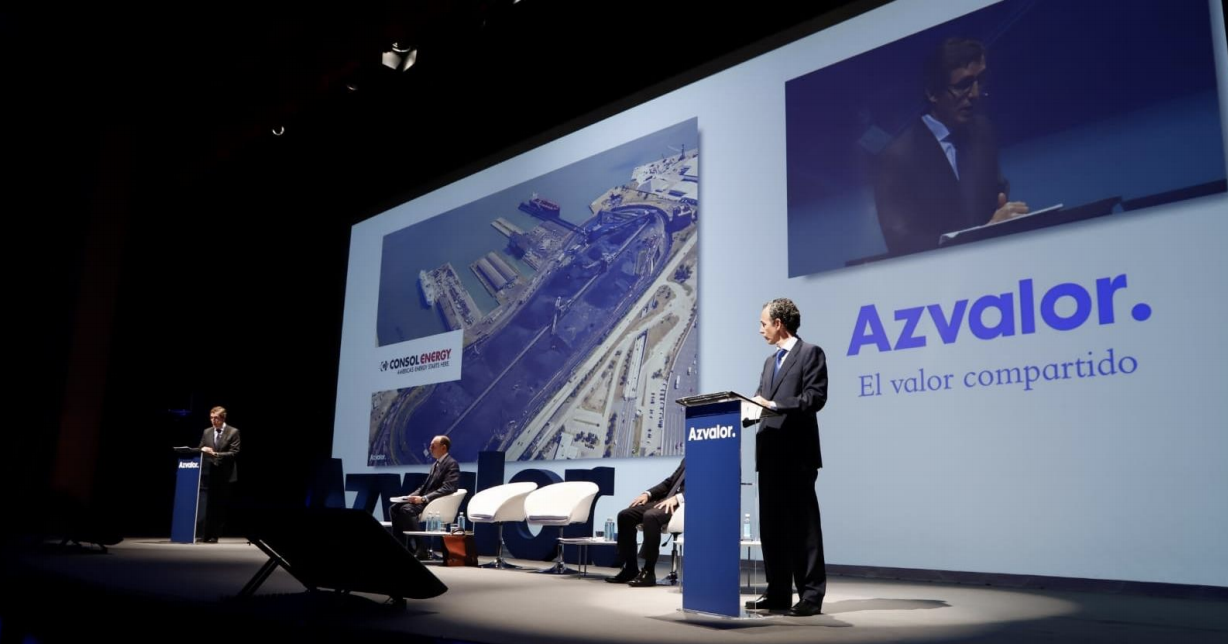La superintendencia de pensiones de Chile alerta sobre las recomendaciones de cambios de fondos que circulan en las redes sociales
| Por Fórmate a Fondo | 0 Comentarios

La Superintendencia de Pensiones de Chile ha advertido contra las las recomendaciones de cambio de fondos que circulan por las redes sociales. La información se proporcionó al final del informe del mes de febrero sobre la rentabilidad de los fondo.
“Es importante que la ciudadanía tenga presente que acumular ahorros previsionales para financiar la pensión es un objetivo de largo plazo y que en la construcción de ese ahorro son determinantes las cotizaciones individuales de la persona, la rentabilidad acumulada por las inversiones realizadas por el o los fondos que tenga y la edad de retiro”, afirma el comunicado.
El comunicado explica los diferentes multifondos que están disponibles y como se ajustan a los diferentes perfiles de riesgo. Además, expone claramente las desventajas de tomar decisiones a corto plazo para generar ahorro consistente a largo plazo. “Para esta superintendencia es fundamental que las personas tengan en claro que la rentabilidad medida en plazos muy cortos no debiera ser la base para tomar decisiones de largo plazo como, de hecho, es el ahorro destinado a financiar la pensión.
Tomar decisiones de cambio de fondo basados en una variable de rentabilidad de corto plazo puede tener como consecuencia que la persona no acumule lo suficiente de ahorro en su saldo para financiar su pensión al momento del retiro laboral. Es importante reiterar que no es posible anticiparse a cómo se comportará el mercado financiero chileno y extranjero”, afirma la superintendencia
La volatilidad afecta a la rentabilidad de los fondos durante el mes de febrero
En febrero pasado, los cinco fondos de pensiones chilenos cerraron con cifras en rojo como resultado de los retornos negativos de las inversiones realizadas en instrumentos extranjeros, acciones chilenas y papeles de renta fija nacional, además de las posiciones en deuda local. De esta manera, tras el cierre mensual, los fondos de pensiones totalizaron activos por 195.175 millones de dólares.
Según el informe de la superintendencia de pensiones en el segundo mes de 2020, el fondo A (más riesgoso) fue el más afectado por la alta volatilidad financiera global, con una caída real de 4,46%. Un magro rendimiento que también anotaron los fondos B (riesgoso) y D (conservador), que retrocedieron 3,76% real cada uno, seguidos por el fondo C (intermedio), que perdió 3,64%. El fondo E (más conservador), en tanto, se contrajo un 2,88%.
Con todo, los datos en una perspectiva de mediano plazo indican que en los últimos 12 meses (marzo 2019-febrero 2020) los fondos mantienen rentabilidades importantes.
Mientras el fondo a acumula un retorno real de 12,47%, los fondos B y C registran aumentos de 10,34% y 10,05%, respectivamente. Los fondos D y E, en tanto, anotan rentabilidades reales de 7,62% y 4,87%, respectivamente, en el período marzo 2019-febrero 2020.

Según los datos recabados por la superintendencia, la caída que anotaron los fondos de pensiones tipo A en febrero pasado se explica principalmente por las pérdidas que reportaron las inversiones en instrumentos extranjeros y acciones locales. Como referencia se tiene que mientras la rentabilidad en dólares del índice MSCI mundial cayó 7,71%, los títulos accionarios locales medidos por el IPSA retrocedieron 6,32% durante el mes.
Lo anterior tuvo como contraste que parte de las inversiones en el extranjero se vieron favorecidas por la depreciación del peso chileno respecto de las principales monedas, lo que contribuyó positivamente a las posiciones sin cobertura cambiaria y compensó parcialmente las pérdidas en las principales bolsas internacionales. En febrero pasado, la divisa estadounidense se apreció un 2,29%.
Respecto del negativo desempeño de los fondos de pensiones tipo B, C y D, el análisis de los datos revela que ello se explica principalmente por las pérdidas que afectaron a las inversiones en títulos de deuda local, instrumentos extranjeros y acciones nacionales
Finalmente, la caída que afectó al fondo de pensiones Tipo E se debe a las pérdidas de las inversiones en instrumentos de renta fija nacional. Esto, debido a que en el mes pasado se observó un alza en las tasas de interés de esos instrumentos, afectando la rentabilidad de esos fondos por la vía de las pérdidas de












